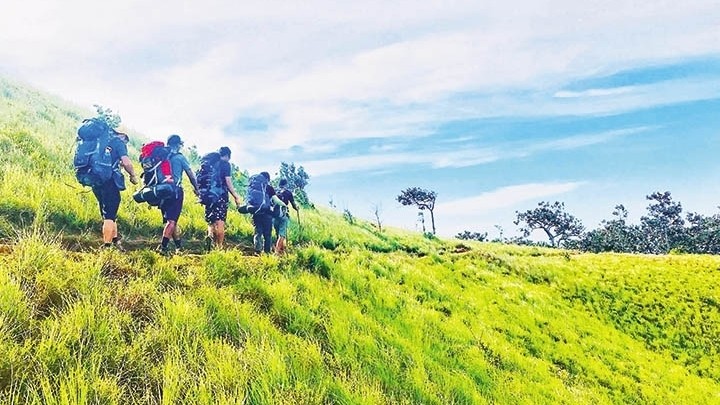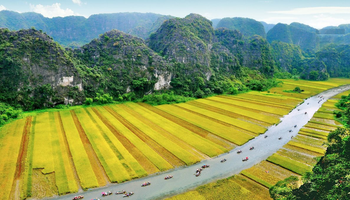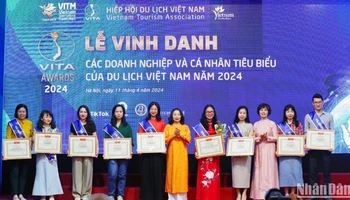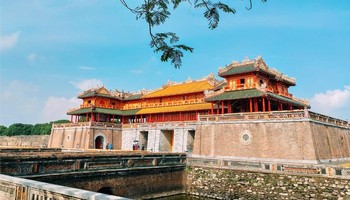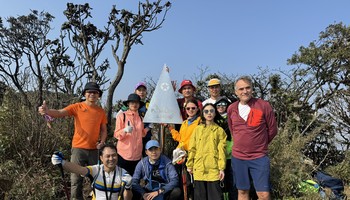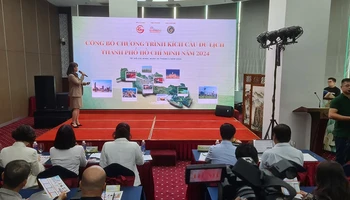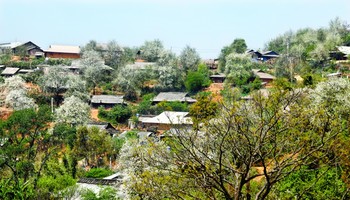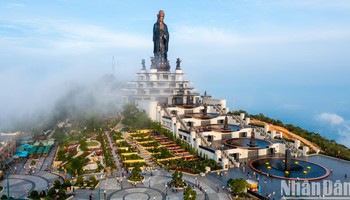Sitting on the porch of his newly-built house on the foot on Bidoup mountain in Dung K’si village, Da Chais commune, Lac Duong district, Lam Dong province, elderly Bon To Xa Nga released smoke from his cigarette into the air and recollected his memories about the forest trail.
“It is a long story,” he started. In the past, there were two routes for ‘lot dra’ (going to the market) trips when the crops were harvested. Although it was named ‘lot dra’, there was no “market” in the Central Highlands in the past. The locals had to go downhill to Ninh Thuan, Binh Thuan and Khanh Hoa provinces to exchange their goods for salt.
The forest trails of Vietnam's Central Highlands are still lively in the memory of Co Ho, Ma and Chu Ru ethnic elders. 70-year-old Cil KVor said that for Central Highlanders, salt was so valuable that the exchange for salt was expected by every villager. More interesting, the “adventures to seek salt” also brought the ethnic groups closer and supported couples to become husband and wife.
Cil KVor first met her husband, Ha Lai, during a ‘lot dra’ trip. The trip also brought about the marriage between KGlang and her husband, Ca Tor Tu.
According to young man K’Van, a professional tour guide, the 30-kilometre forest trail connecting the Central Highlands and coastal region, which was known by the elders as the ‘Salt Road’, has now become an attractive trekking tour for backpackers. Following the footprints of ancestors, the travellers can feel the rush and exciting atmosphere in the air from the past.
The trekking route lasts three days and two nights, inviting participants to experience diverse ecosystems of a subtropical forest with picturesque natural landscapes.
Elderly K’Vang said that during the ‘lot dra’ trips, apart from goods for exchange, participants only carried rice and a pinch of salt, the two most necessary items for the long journey. Other fresh food could be found in the forest and streams on the way.
According to elderly Ya Loan from R’Lom village, Don Duong district, Lam Dong province, the trips were called ‘lot dra’ in the Co Ho language and ‘nau dra’ by Chu Ru ethnic people.
In the olden days, Central Highlanders used to take part in the ‘lot dra’ trips during the dry season every year. The trails were crowded with people and filled with a festive atmosphere. A ‘lot dra’ trip might have lasted up to a month.
No matter how crowded the delegation was, there were certain regulations for participants during the journey. People walked in one line. A young man led the delegation, followed by the women and elderly. On the way home, when they arrived, the order changed with the elders going first to enter the village.
